Features and advantages of bottom valve
Time:2021-12-08 14:28:14Read:775
As the name suggests, the bottom valve is installed at the bottom of the reactor, storage tank and other containers for discharging. Due to the increasing level of automation, the bottom valve has also developed from manual control to automatic control. In addition to the original cut-off function, it can also be adjusted and controlled, and participate in interlocking control in key process places. Buse valve is now widely used in chemical, petroleum, metallurgy, pharmaceutical, pesticide, dye, food processing and other industries.
Structural features:
The bottom valve is welded or connected to the bottom of the reactor or storage tank and other containers by means of the bottom flange (flange) of the valve. Therefore, the residual phenomenon of process medium at the outlet of the container is eliminated to realize the function of emptying and discharging. The bottom valve is composed of valve body, valve core, valve stem, valve seat, sealing ring, actuator (electric, pneumatic), etc. Its principle is to push the valve disc up or down through the valve stem, so as to achieve the purpose of opening and closing. The valve rod of the unfolding tank bottom valve rises and the valve opens; The valve rod of the downward spreading tank bottom valve rises and the valve is closed. (normally, the valves are closed).
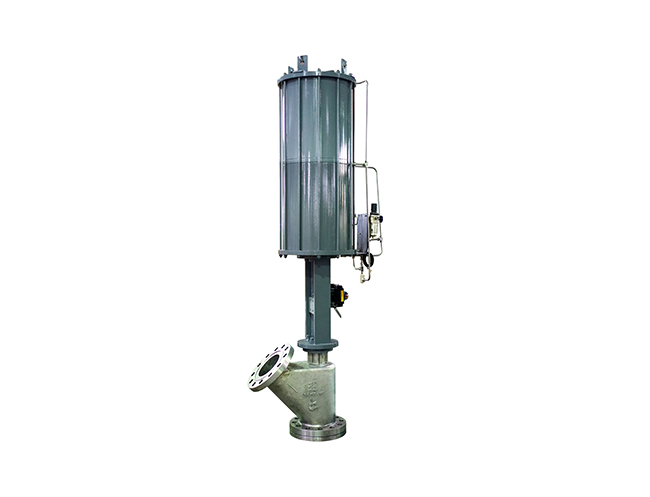
(1) The sealing forms can be soft seal and hard seal. When required, the cover can be overlaid with cemented carbide, and the hardness can reach hrc44. Its metal hard seal (conical sealing surface) can ensure that the sealing grade can reach VI.
(2) Its structural form realizes no dead angle operation, full bore and low pressure drop.
(3) The structure of bolt and butterfly spring is adopted, which can be automatically adjusted to realize that the packing is always compressed.
(4) The valve stem only rises and falls without rotation, which reduces the loss of packing.
(5) The valve seat can be replaced, which is more convenient to replace.
(6) The polished valve core surface ensures no retention area.
(7) The valve adopts fire safety design.
(8) If the installation space is insufficient, the actuator can be installed on the side.
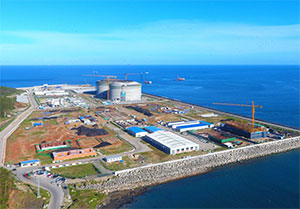 Refining and chemica···
Refining and chemica···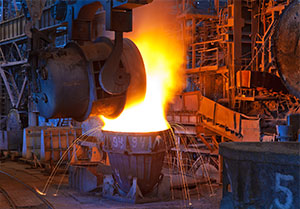 Metallurgical indus···
Metallurgical indus··· Gas industry
Gas industry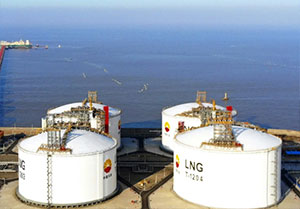 LNG industry
LNG industry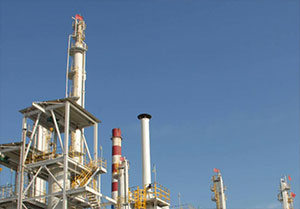 Chemical industry
Chemical industry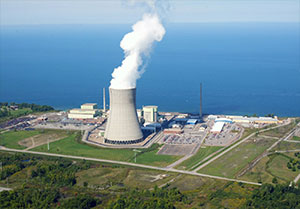 Power industry
Power industry
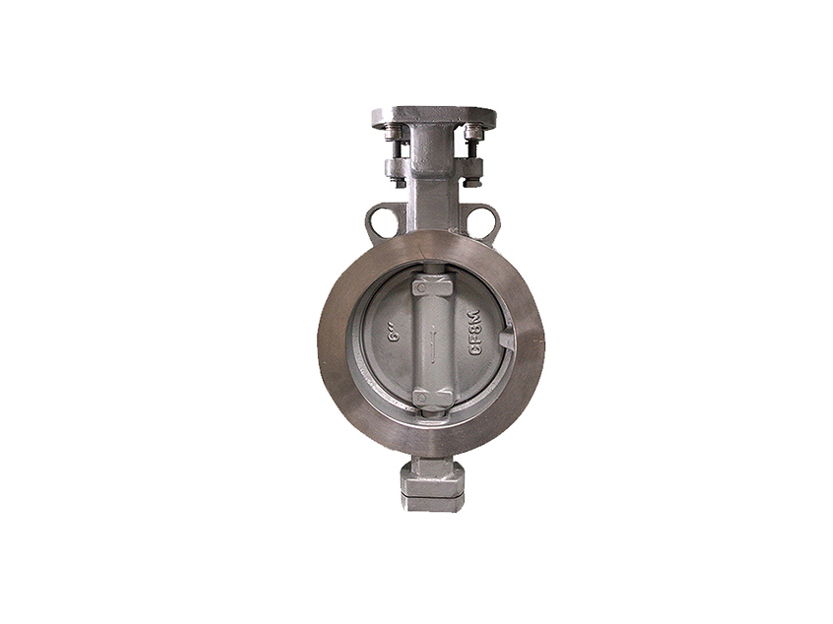
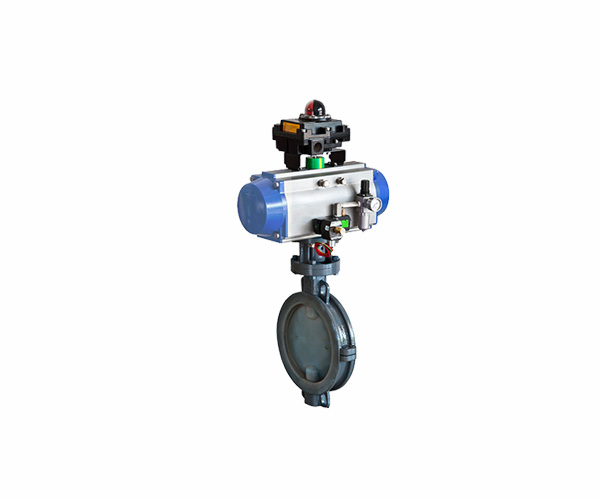
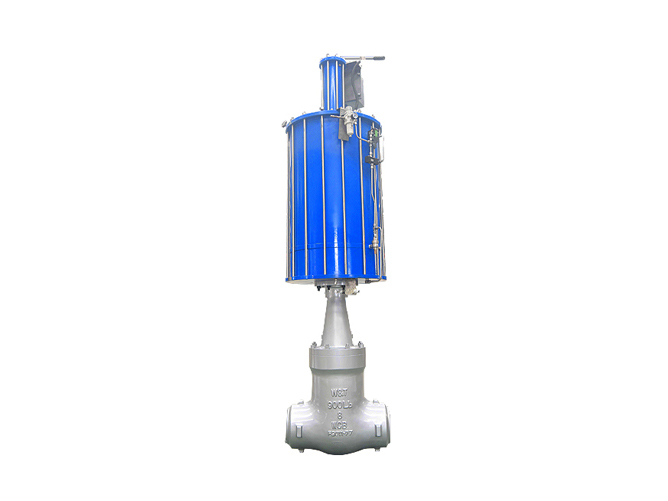
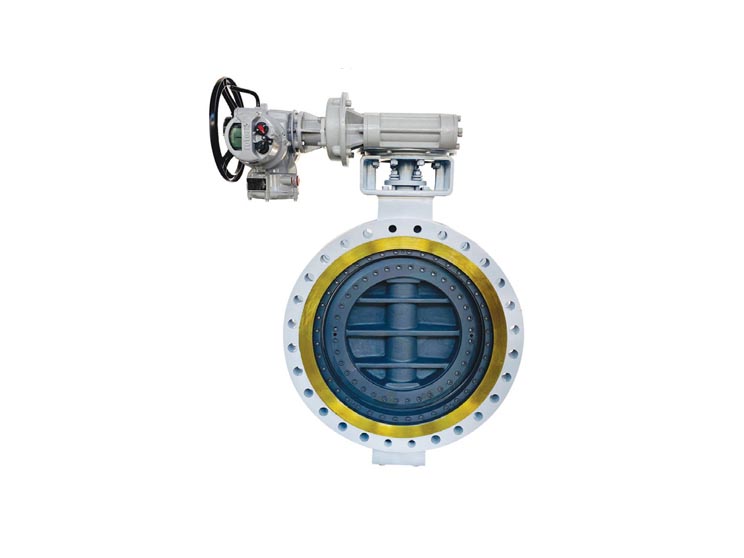


 QQ:664857658
QQ:664857658